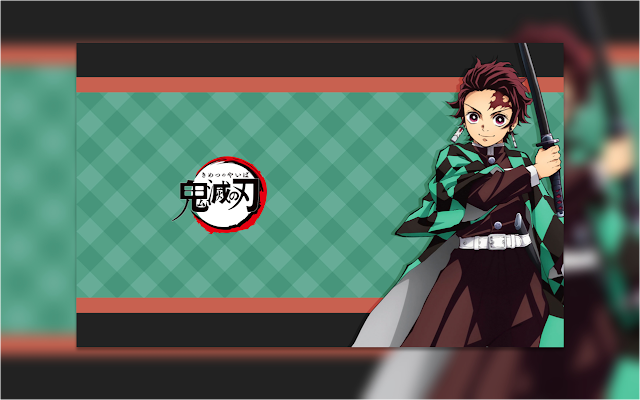 |
| A scene from the anime movie, "Weathering with you". Image credits: https://images.app.goo.gl/f5VgJ6NmwAaUXASa7 |
There might be some spoilers here and there so approach with caution if you have not watched the film.
My first thoughts after watching this movie was that this was a wonderful mix of Japanese folklore and a realistic depiction of the trying years that job-hunting teenagers go through. The story opens with a young boy who came from somewhere suburban and detested the boring, unmeaningful life he once led. He made his way to Tokyo and had a fateful encounter with a middle-aged man who wrote magazines (the boy would eventually work under him). When he parted ways with the man, he went all over the place looking for a job but was told he was not of the legal age for employment. He almost collapsed at a McDonalds outlet when a girl working there, whom he would come to love gave him a hamburger free of charge and saved him from going out cold due to hunger. The rest of the story surrounded the popular legend of the weather maiden and how she would influence the weather.
This highly acclaimed film directed by Makoto Shinkai was well-timed, as the world increasingly experiences the effects of climate change, such as more unpredictable and extreme weather. While we grumble about how whimsical the weather could be and how it would affect our livelihoods, we yearn for certainty and comfort, such as being in a long, passionate relationship as exemplified in this anime. There were many crazy scenes on how the protagonist chased after his lover, which was a stark contrast to the reality check and existential crisis that the film painted at the start.
While loving someone else with all your heart and soul is admirable, I find that the buildup of romance in this film was too extreme. There was law-breaking, skydiving and war-mongering (using the weather) included in this film. While these rebellious scenes might look really thrilling, their means were too extreme. I am sure having a blissful life is more than two people making love - there would be no point in enjoying life with your lover if you bring down the whole society in the process! But that was the choice made by the protagonist in order to save his lover from the tragic fate of being a weather maiden (which I won't spoil here).
Generally, I quite liked the theme of two worlds - one being the scientific and logical society we are so familiar with (other than the idiosyncrasies we face at times) and the other being the fantasical, legendary world we come across in our myths and stories. This conflict provided the staple for most of the drama in this film.
The animation, colours and music were wonderful, as always from this particular film director. I did not know the sky and a metropolis could be so beautiful (even though the former was mostly blue and the latter was mostly grey). And I could listen the soundtracks for a while day. The songs made me feel that I was speaking my heart out. As an introverted person, this was a really special feeling. Once you listen to "Daijoubu" by RADWIMPS, you might know what I mean.
Overall, this anime was a really good piece of work. It would feel more personal if you watched it on a rainy day.






